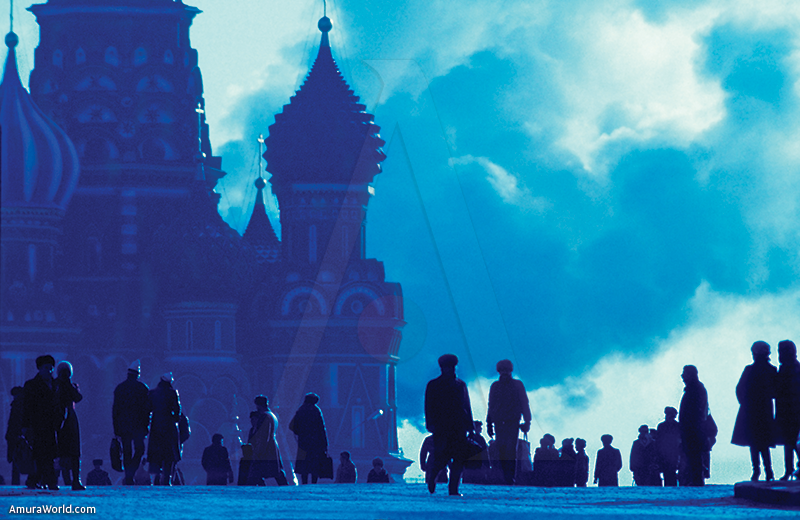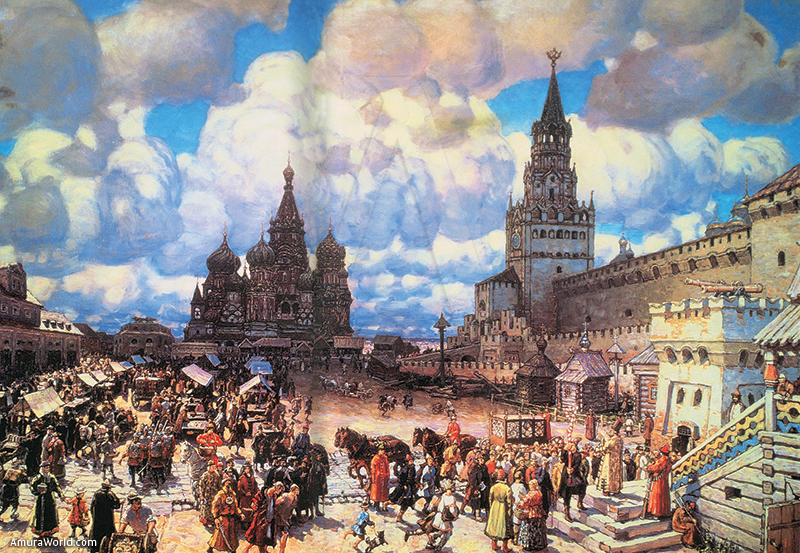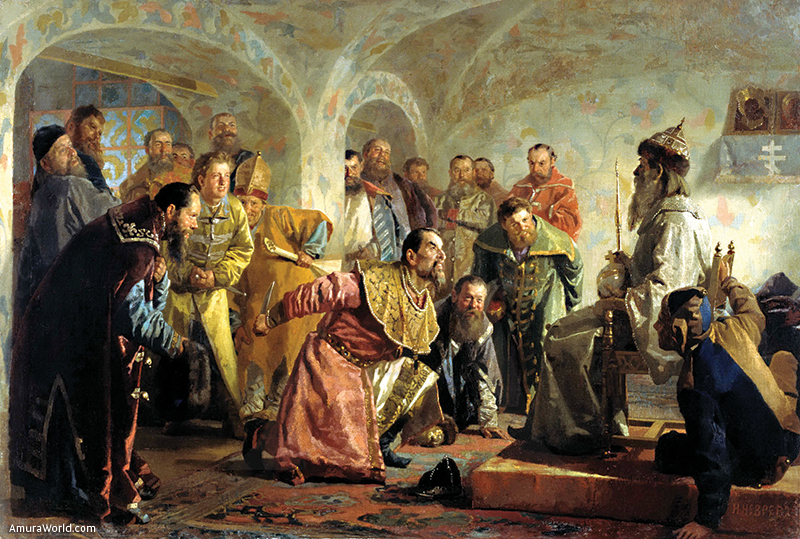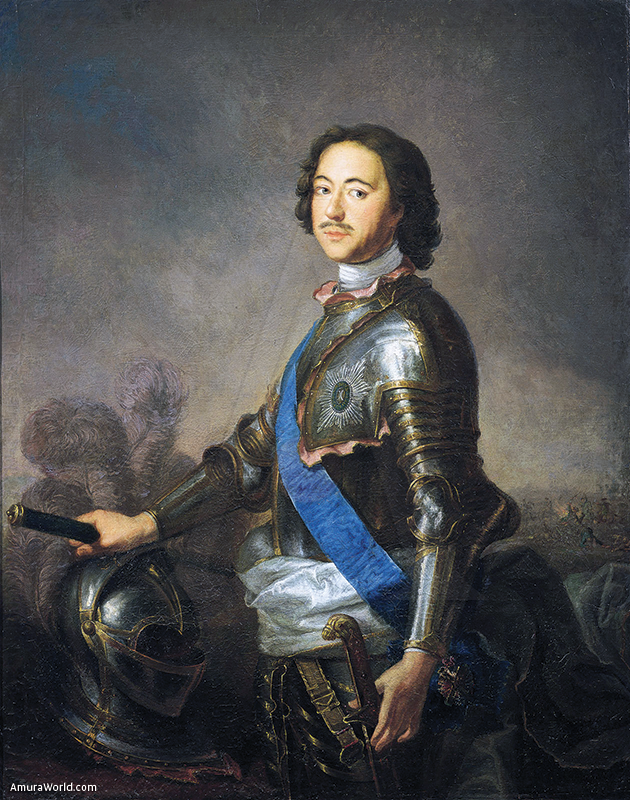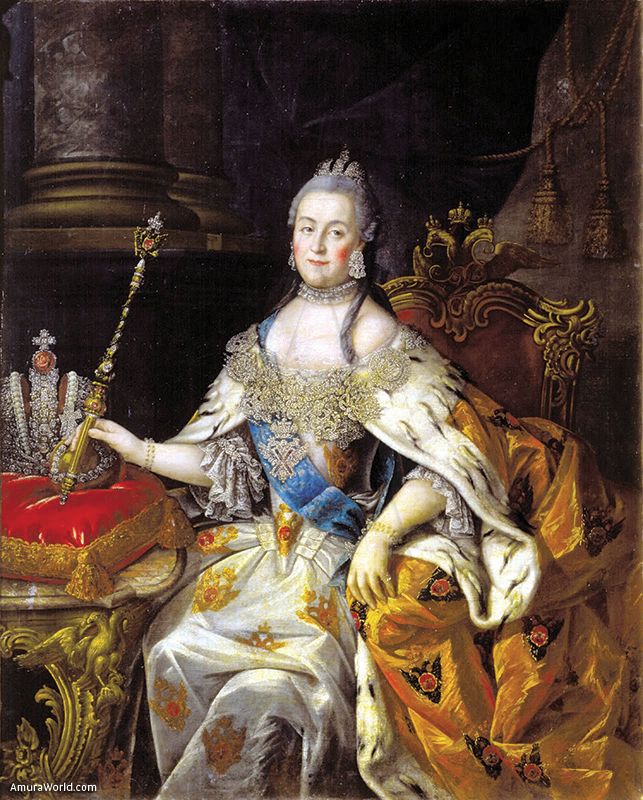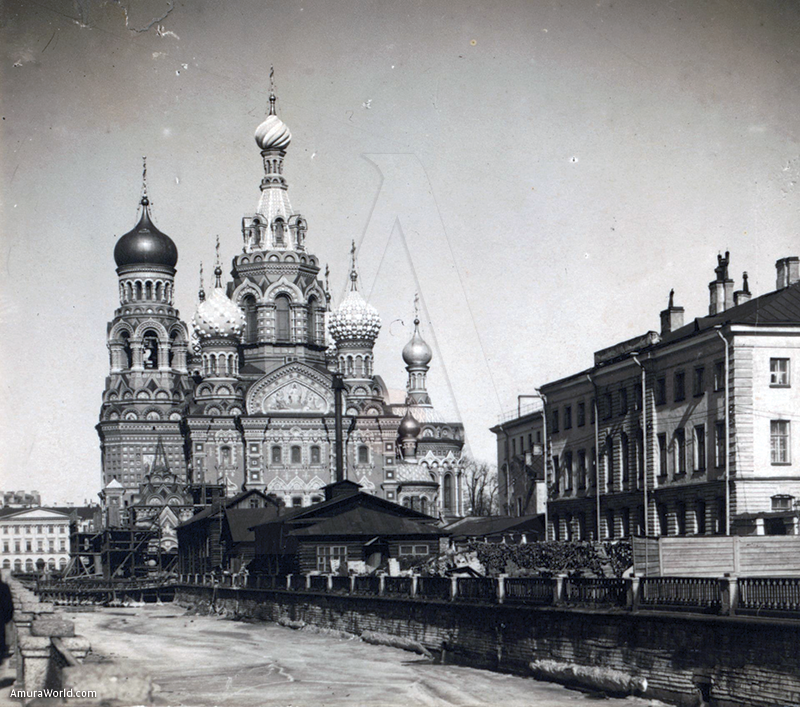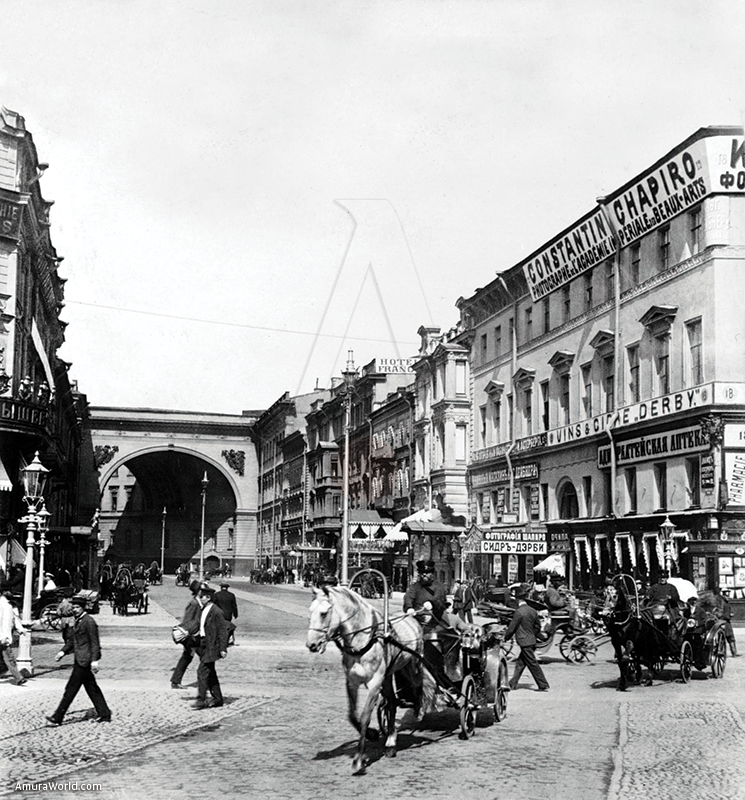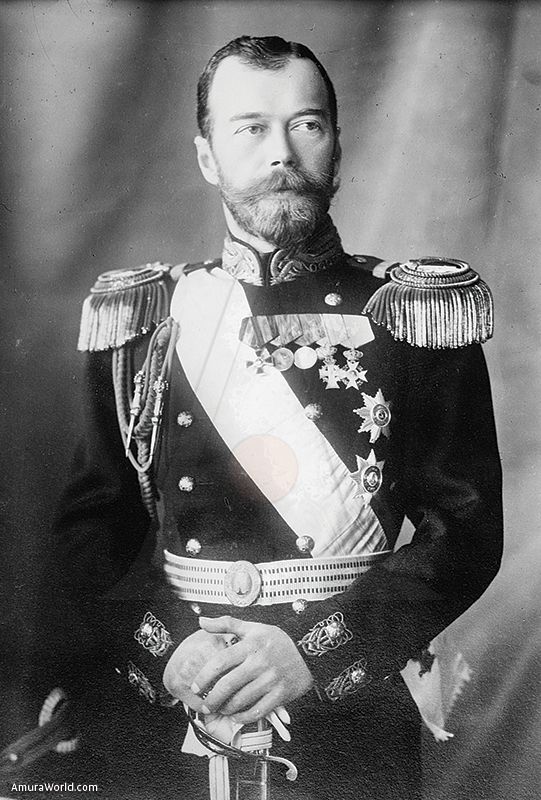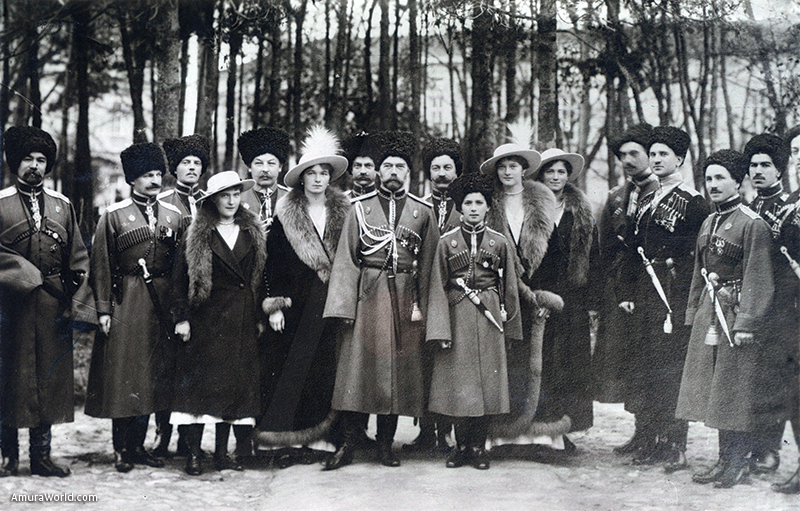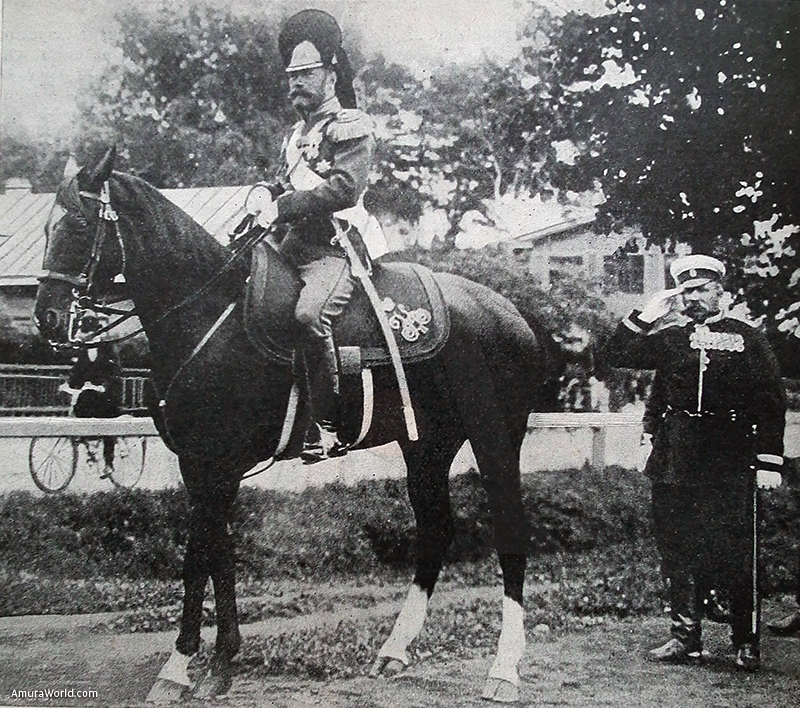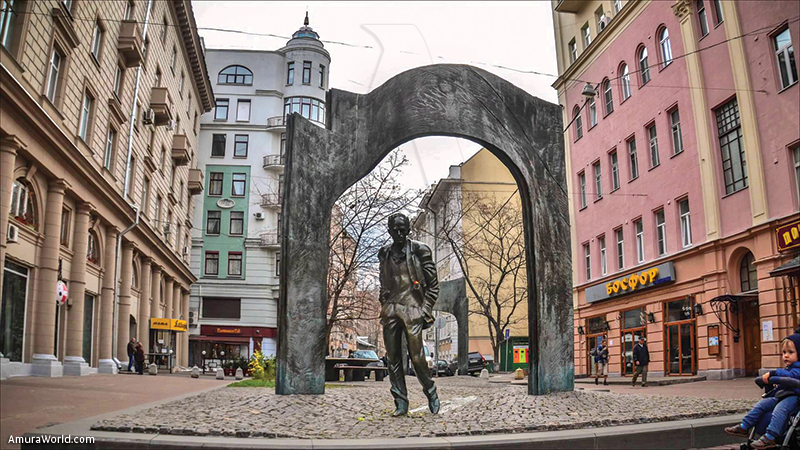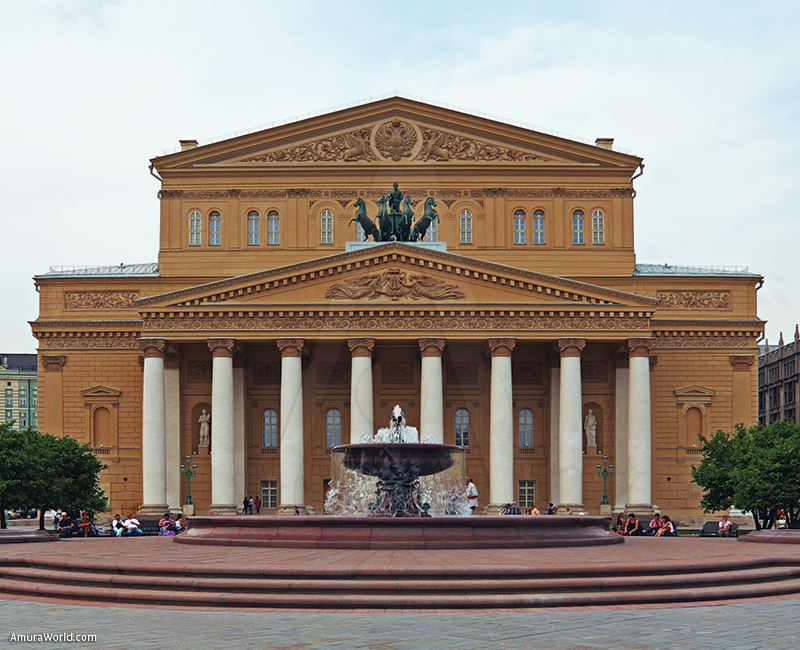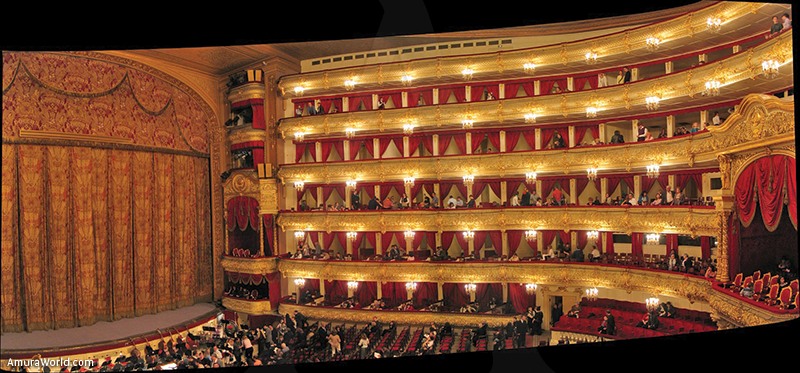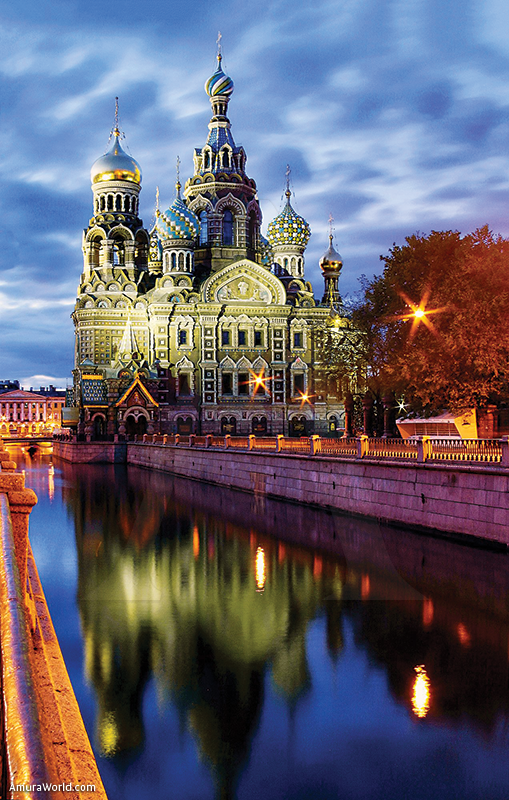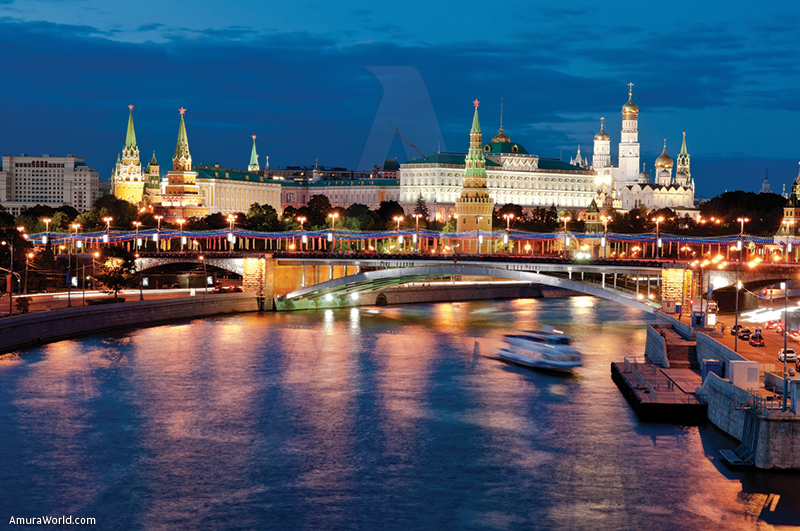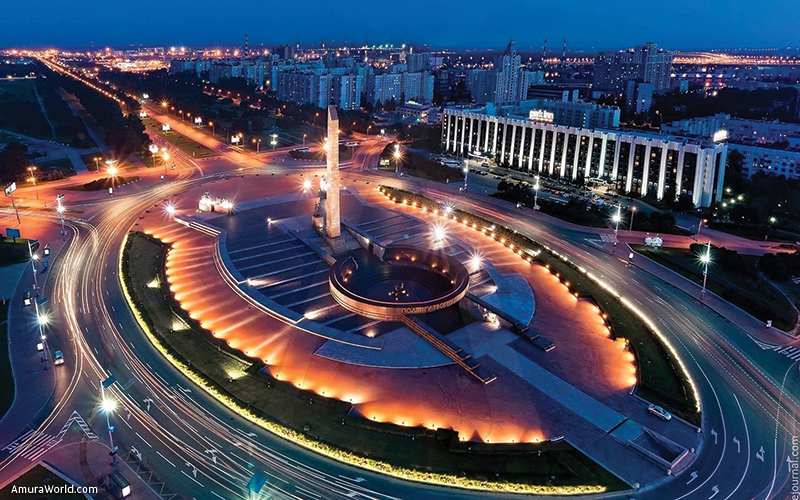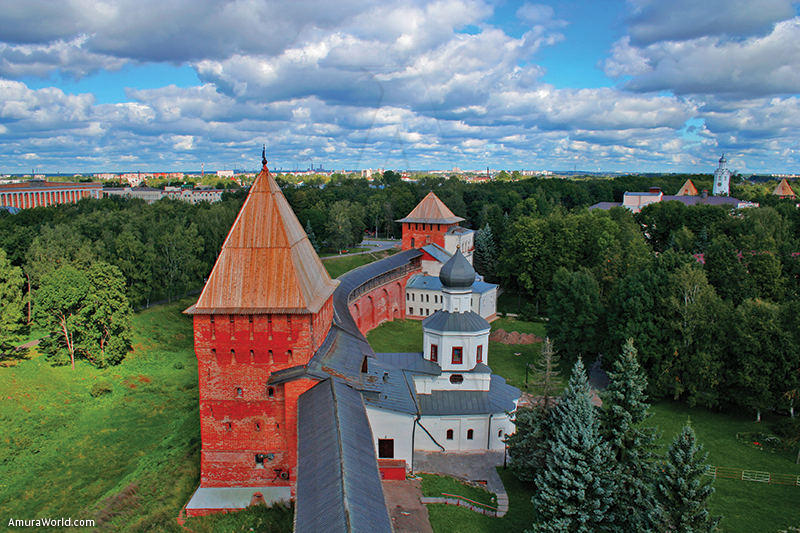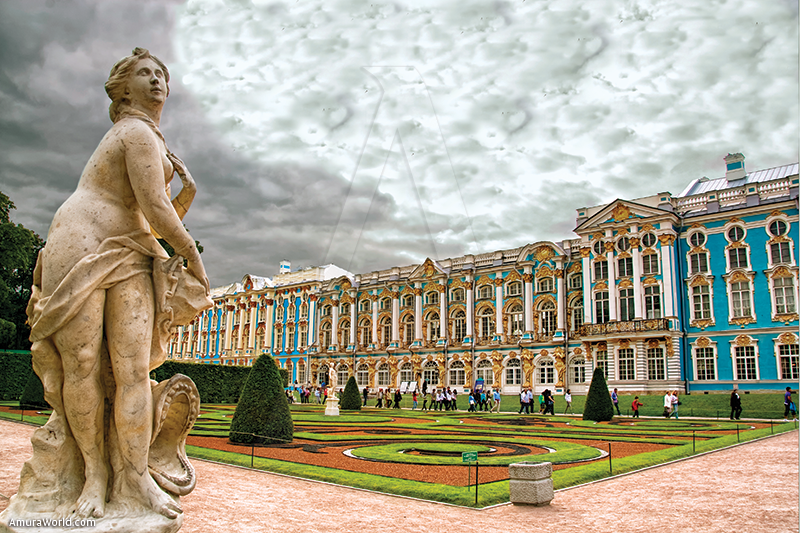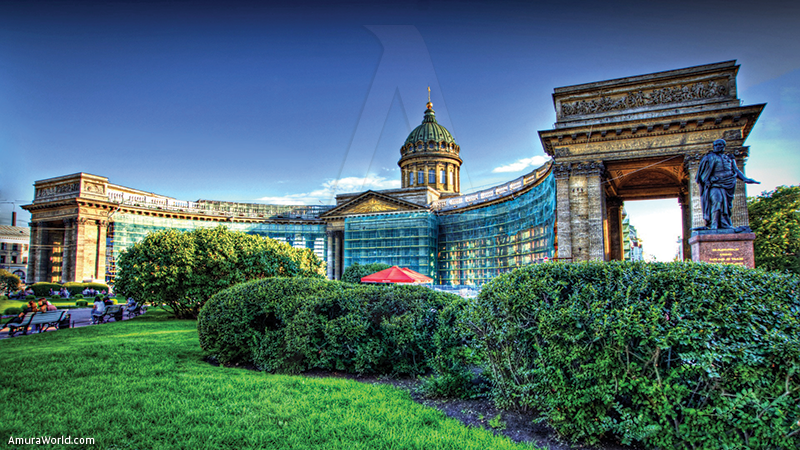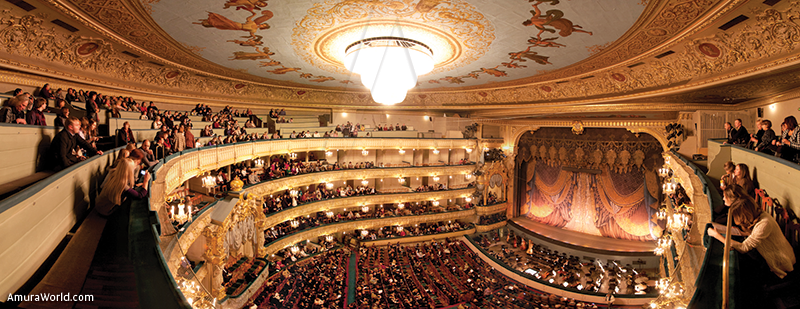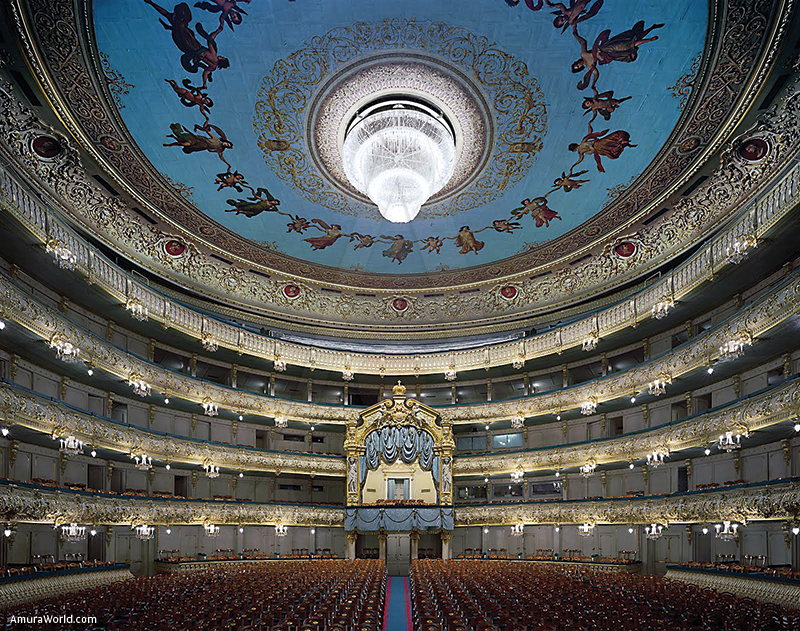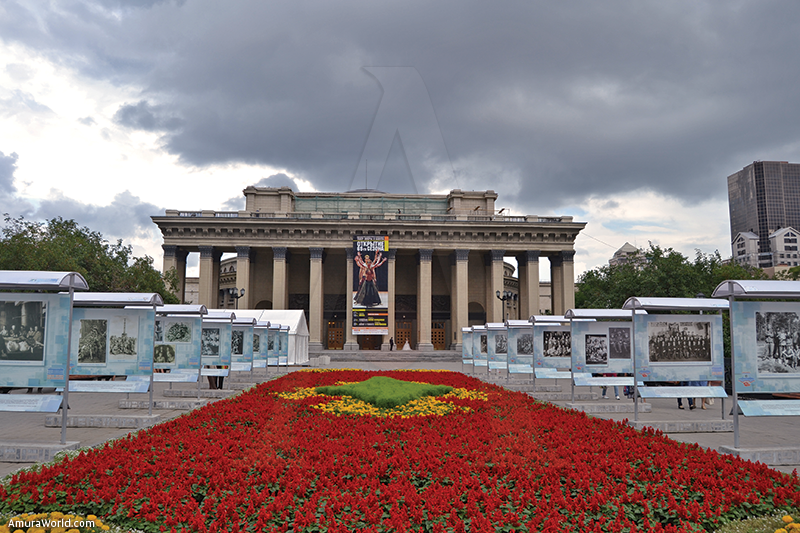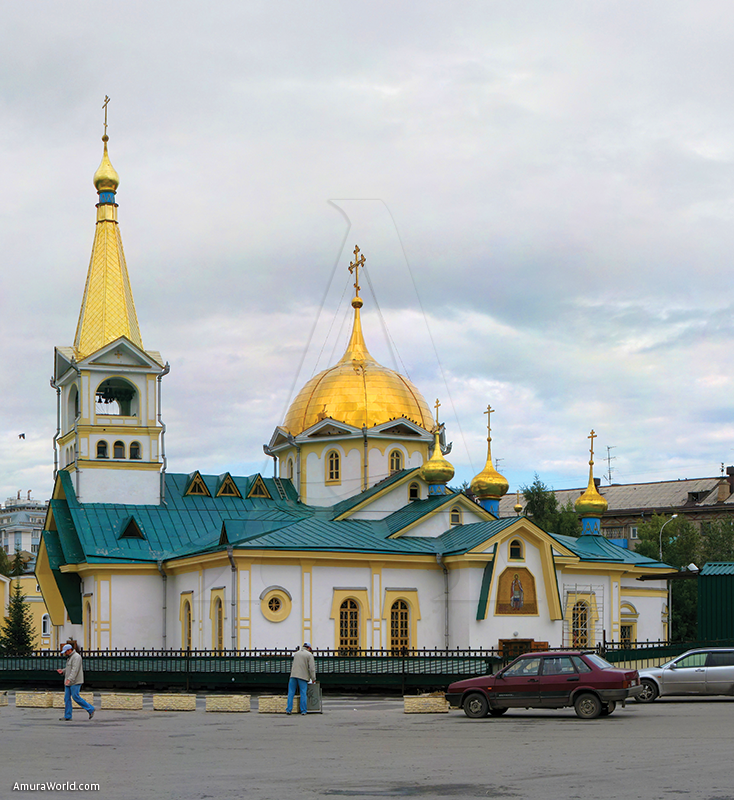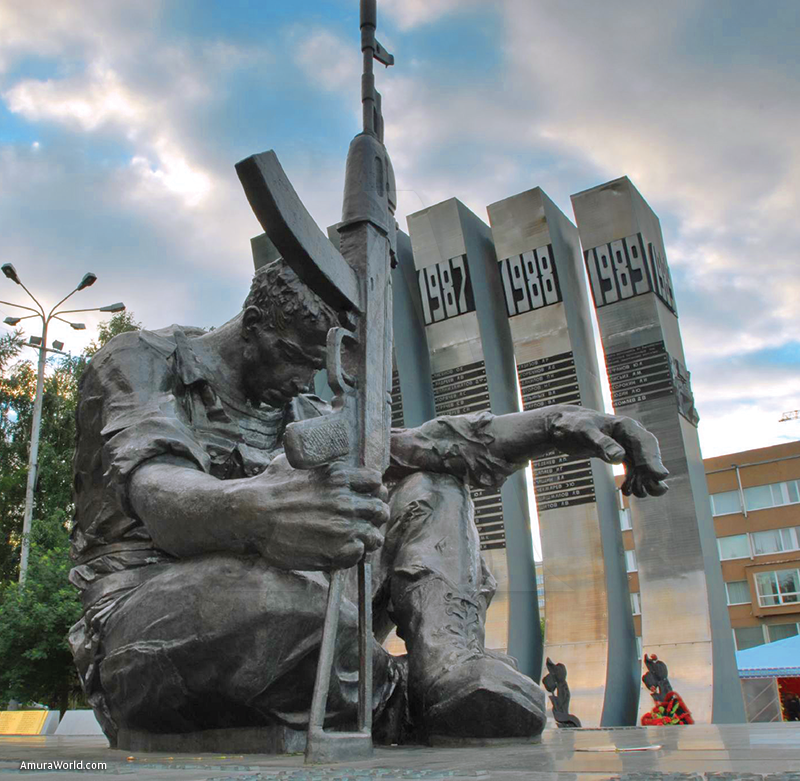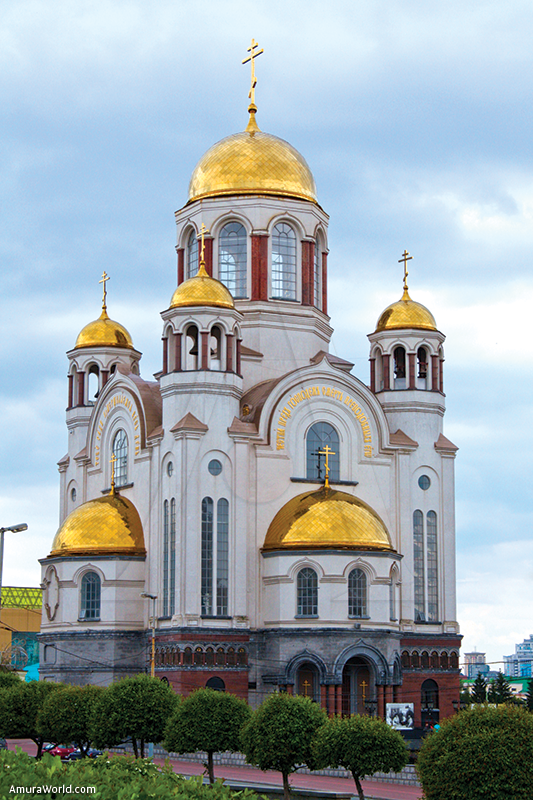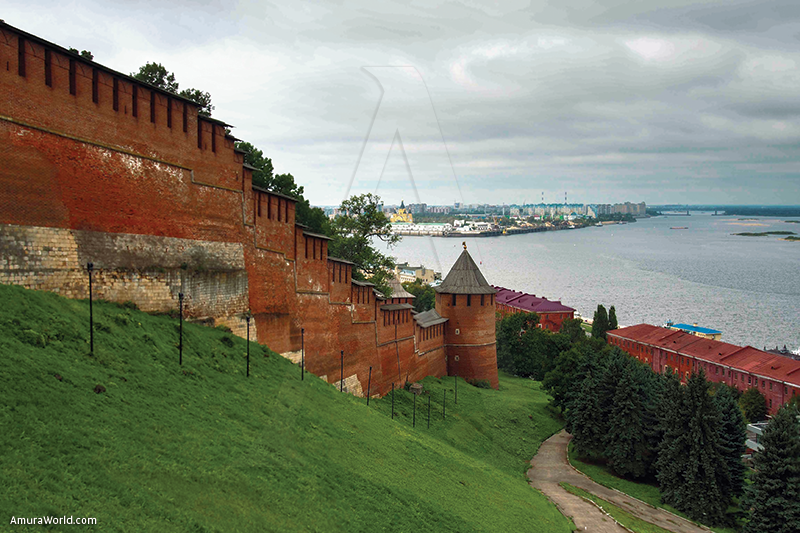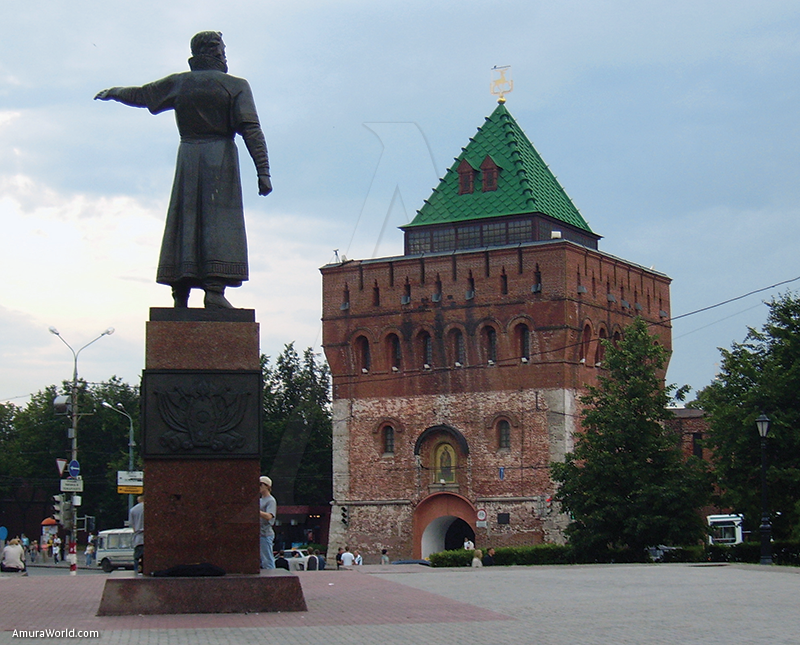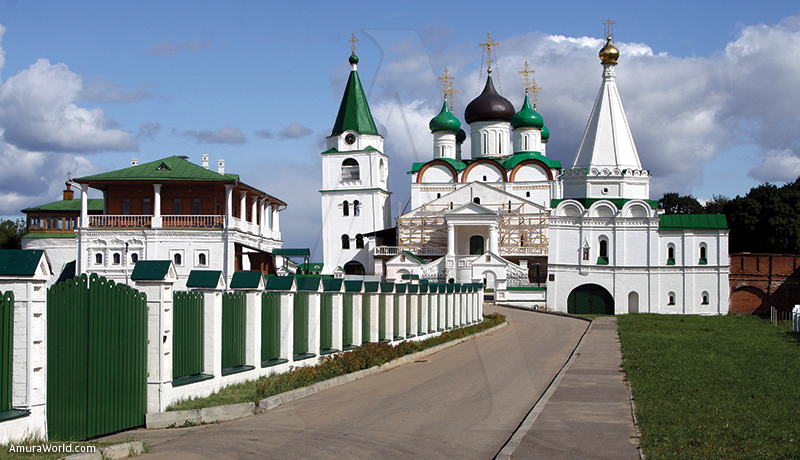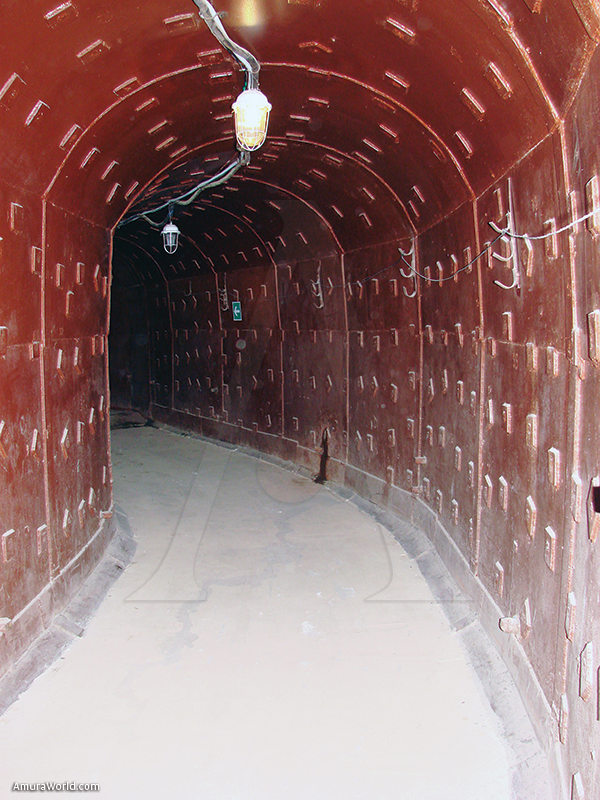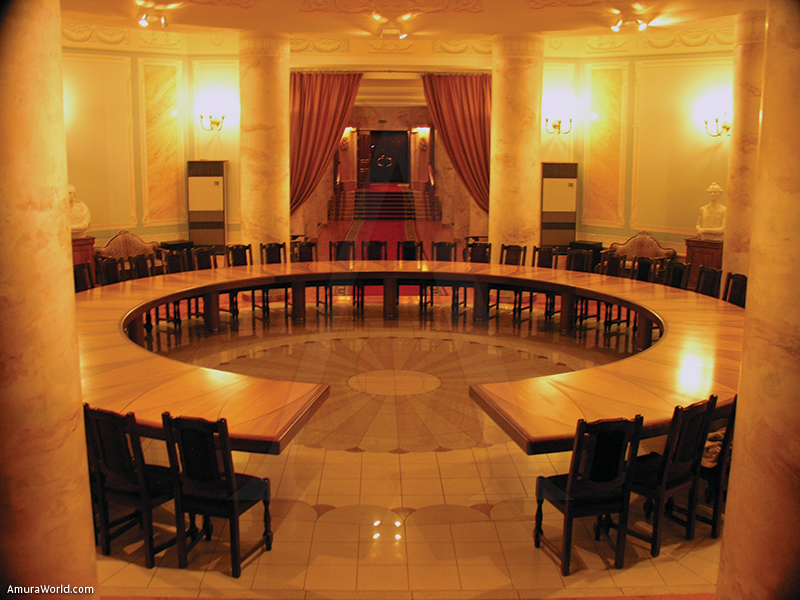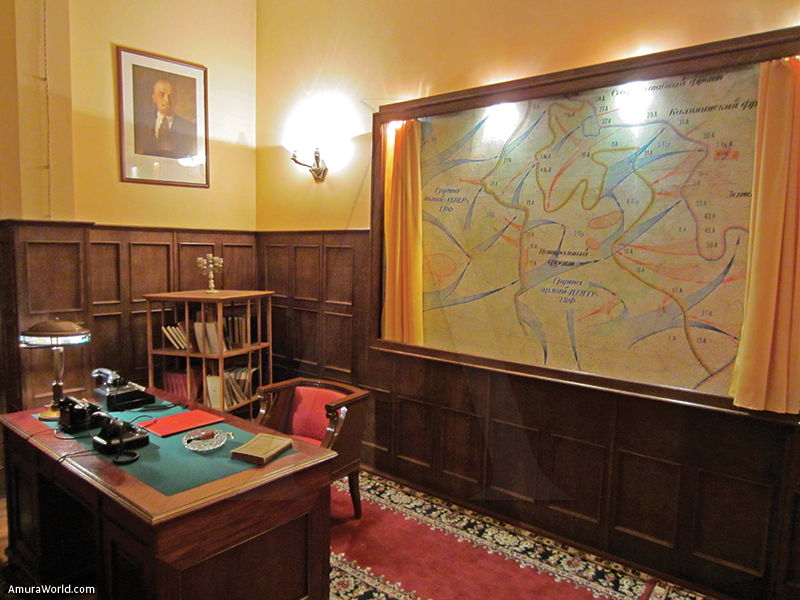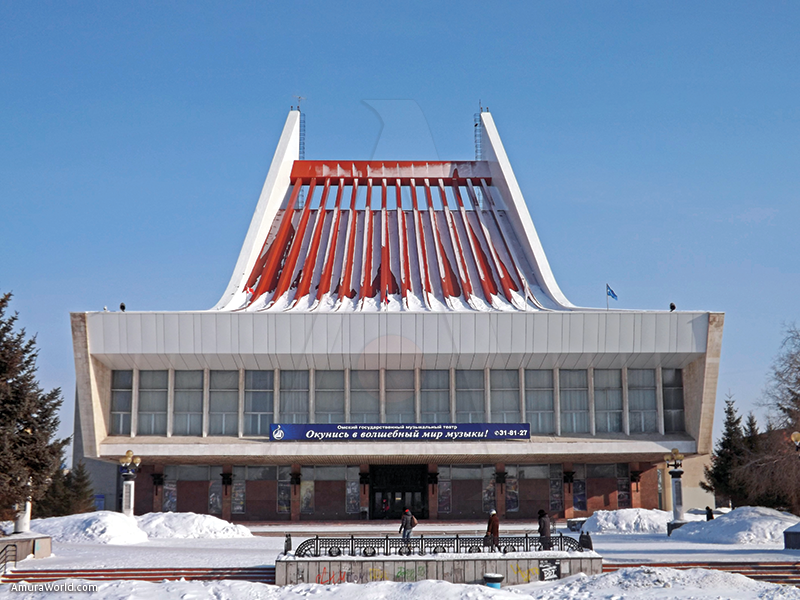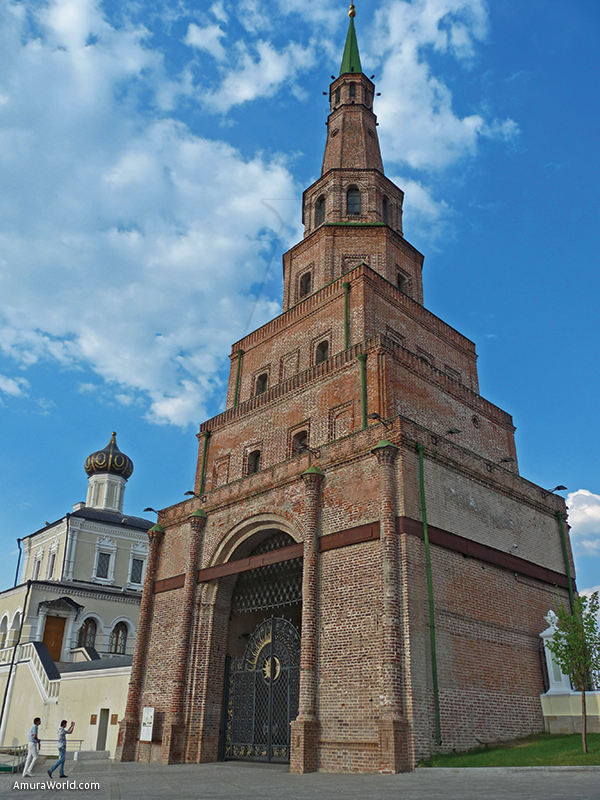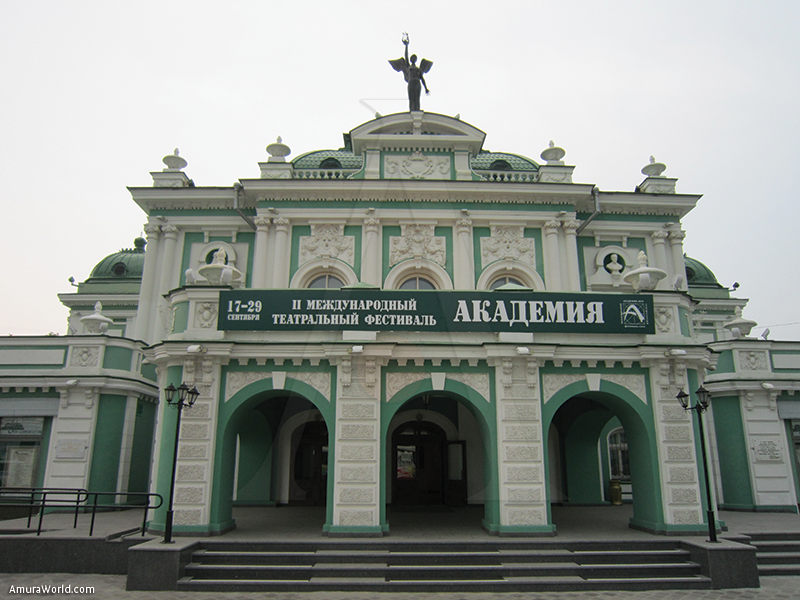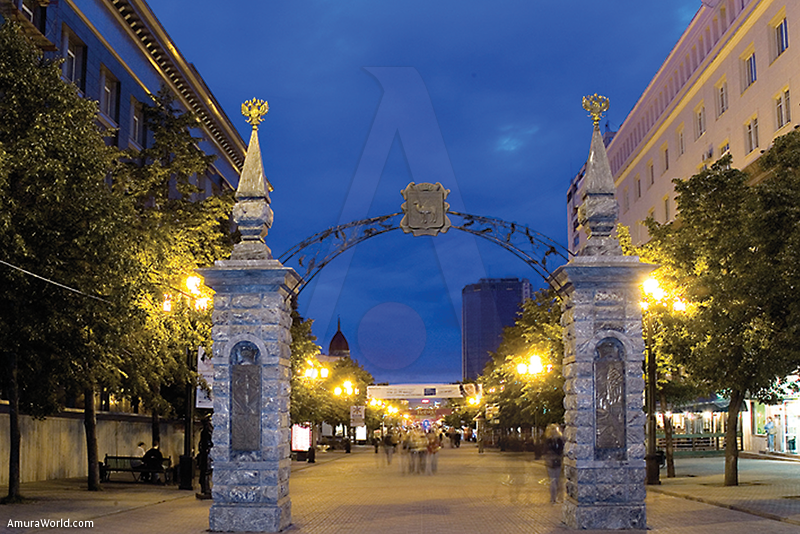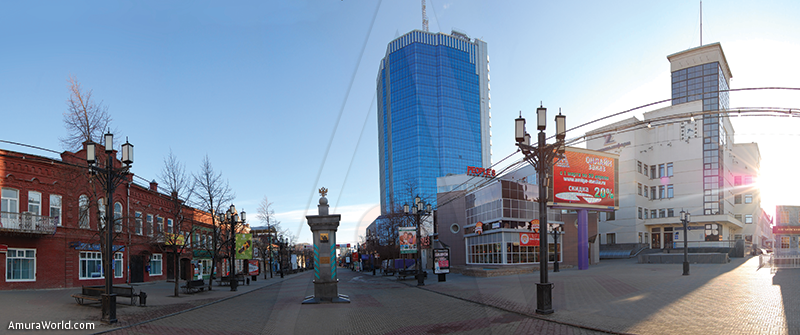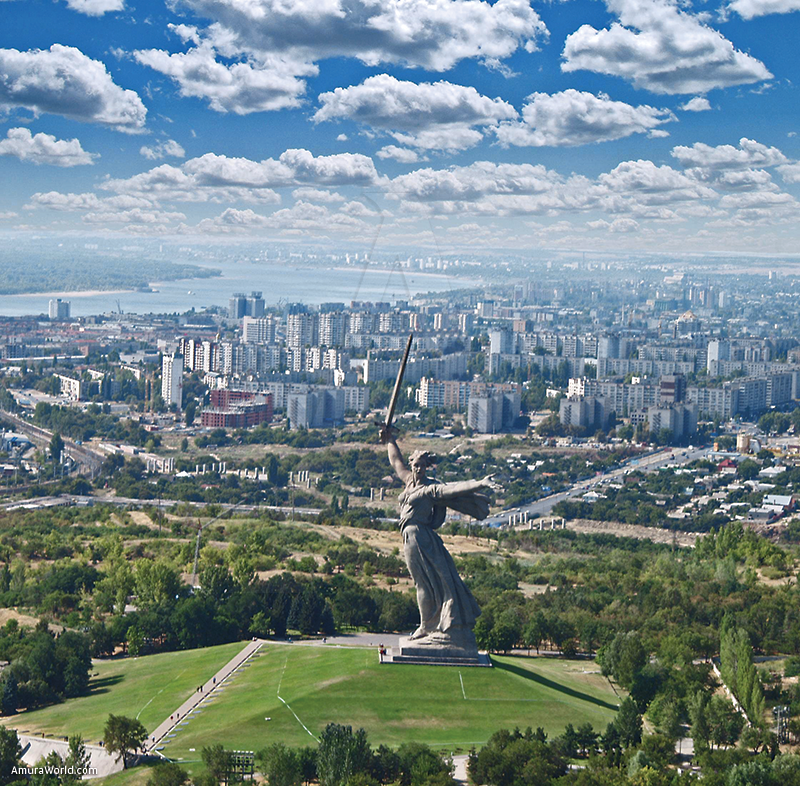The essence of a colossus
In imposing territory and impressive personalities make of Russia one of the most interesting countries on the globe. Outstanding individuals in distinct areas, and a splendid history that stretches to its founding forge this nation as a great power, social and culturally speaking.
Russia has lived in the midst of controversies since the arrival of the Slovaks, the invasion of the Vikings, and the great dynasties of the tsars, which have given reason to all the envelops this nation, which came to take up one-sixth of the planet.
The origins of the nations can be traced to the invasion of the territory by the Slovaks, who reached the area near the Baltic Sea and the Black Sea out of necessity for sea commerce. It was until the 9th century that the Vikings established the first Russian state known as the ancient Rus, which, paradoxically, had as its capital the city of Kiev.
In the 9th century, the decline of Kiev commenced, as well as the search for fortune by Russian natives in areas further up north, effectively establishing the cities of Vladimir, Novgorod, and Rostov-Suzdal.
In the year 988, Vladimir signed a judicial and territorial organization of the Russian state, establishing Christianity as the state religion. In the year 1054, after the death of tsar Yaroslav, Russia dislodged itself from numerous principalities, dominated by conflicts and rivalries.
The 12th and 13th centuries were marked a great political, economic, and cultural decline. Part of their lands were conquered by the powerful Mongol dominions, led by the infamous Genghis Khan. The Mongol dominion remained in Russian lands for over a century, until Dmitry of the Don succeeded in the Battle of Kulikovo, which gave way to the liberation movement. Ivan III culminated the integration process, and establishes Moscow as the capital of the Russian empire.
Splendor by an iron fist
The noun “Tsar” is derived (the term) from the Latin “Caesar,” used by Russian emperors to distinguish themselves. Ivan IV was the first to name himself Tsar of Russia.
The tsars have been seen as executioners, as cruel emperors who abused their power to achieve their utmost dreams, or to fulfill any given whim. Yet, similarly, each one has their own great achievements and contributions that consolidated the great empire.
Ivan IV (Ivan the Terrible)
Inherits his throne at the tender age of three, due to his father’s death. His was aided in ruling by his mother, Elena Glinskaya, until he became an orphan at age eight. His infancy was filled with abuse from the nobility, reason which spawned a vengeful personality; in this way, the destiny of his ruling was marked, as well as that of Russia.
Known by foreigners as a harsh man, one who defended his interests and the traditions of his people. His great religious fanaticism led him to create one of the most grandiose architectural works in history, St. Basil’s Cathedral, located inside the Kremlin, in Moscow. Other virtues that illuminate this period in the throne include the creation of political, military, and legislative reforms, the expansion of the territory along the Volga River, the conquest of Siberia, and the support of traditions and culture, specifically literature.
His rule was overshadowed by his iron fist, and the constant fits of rage which led him to commit violent acts against anyone, including his son, killed by his own hand with a staff.
Ivan the Terrible is historically considered more as a man that governed by instilling fear, yet let us not lose sight that he also contributed greatly to unify Russia on a large scale.
Peter I The Great
With an imposing physique, over two meters tall, and for the exemplary contributions to his country, he earns the nickname of Peter the Great.
On his firsts years as tsar, Peter shared power with his half-brother Ivan V, who is the product of his father’s first marriage, yet due to Ivan’s mental deficiencies, Sophia, his mother, aided him in ruling, imposing obstacles and suspecting of Peter. In 1689, Peter initiated a coup d’état and sent Sophia to a convent.
Peter let himself be influenced by Europe, by which he in some way pulls Russia out of the educational slump it had found itself in. One of his first reforms was to give women the right to not have to cover their faces on public roads, as well as a right to have a social life. Another imposition prohibited the Russian nobility from using a knife to clean their teeth, or to use the index finger to clean their nose.
The reforms imposed by Peter where a productive increase in stability, economic as well cultural for the nation, a fiscal reform that increased taxes and the creation of the polytechnic school that would give shape to a new Russia, added to this is the renaming of Saint Petersburg as capital.
Catherine II “The Great”
The tsarina’s real name was Sophie Friederike Auguste von Anhalt-Zerbst, born in Poland on the 2nd of May, 1792. She arrives at Saint Petersburg by invitation from the Empress Isabel who was searching for a wife for his nephew, Peter III.
Arriving at Saint Petersburg, she begins to learn the Russian culture and traditions, in the same manner that she began to learn the language, earning the respect and affection of the populace, as well as that of the Empress. Another event that greatly helped to advance her political career was to be baptized by the Russian Orthodox Church as Yekaterina Alexeevna.
Catherine rose to power after a bloodless coup d’état to remove his husband Peter III from power, and proclaim herself Empress of Russia. In this manner, progress achieved by Peter the Great finds greater momentum.
Her central reforms began with the secularization of lands and reorganizing the Senate; she creates the first learning center for women and removes the Hetman form power in the Ukraine, Poland, and Lithuania.
These changes, once wrought, helped the nation to grow, and, similarly, completely changed the political structures up to that point in time, an example of this being the right of peasants to own textile and sewing businesses.
Catherine was one of the most cultured tsarinas in Russia, fluent in numerous languages, and constantly informed about events unfolding in Europe. She surrounded herself with brilliant minds, such as Voltaire, and Denis Diderot. As well as being a super Empress, Catherine the Great wrote several plays, children stories, and some biographical notes. Because of this, she understood the importance of the Russian language and founded the Imperial Russian Academy. No less important for her were the arts, which led to the founding of the Academy of Arts, and the beginning of a great collection of pieces at the Hermitage Museum.
Her reign comes to an end in spite of her death on the 6th of November, 1769, and she is buried in the Cathedral of Saint Peter and Saint Paul in Saint Petersburg.
Nicholas II
The last tsar was Nicholas II. His death put an end to the Romanov dynasty, which governed for approximately 300 years, with numerous successes, but at the same time, criticized for the harshness by which it ruled.
This last Russian emperor was considered an amiable person; he was never seen angered, and always held a semblance of serenity. His ideas about how to best govern the nation were absolutist, yet he was convinced that he could not continue under this regime without inciting internal revolutionary conflicts.
During his reign, a strong economic growth was seen in the nation, the agricultural production rose every year, as well as that of carbon extraction. Added to this, petroleum explorations were underway in Baku and Grozny.
Political conflicts began to grow stronger after the war was lost against Japan, which resulted in a loss of territory and the consolidation of revolutionary movements.
At the end of February, 1917, revolts against the government began. Nicholas II thought of dissuading them by way of force, but realizing the magnitude of the conflict, he abstains from bloodshed. On the 9th of March of that same year, the Imperial Family is arrested and accused of treason, although never trialed for it.
At the end of June 1918, the Romanov dynasty came to an end with the death of the royal family, composed of tsar Nicholas II, her wife Alexandra, and their five children.
In this manner, an era that marked on the nations that continues to create controversy on a global scale, came to an end. The essence of that nation is scarred by its history. The good and the bad monarchs forge the destiny so that today Russia is known as a beautiful nation, full of culture, technological advancements, and for it to be considered a global power.
Moscow
Population: 10,381,222
It is the capital of Russia, a place where one finds the largest political, cultural, commercial, industrial, and scientific headquarters in Russia. It’s globally renowned attractions are the Red Square, the Kremlin, and St. Basil’s Cathedral, it’s most important icons.
A stroll through:
- Arbat Street.- Traditional Russian souvenirs can be purchased in this area; the street is one of the most highly transited by tourists, given that historical buildings and monuments are present along the entire avenue.
- Bolshoi Theater of Opera and Ballet.- It is the most famous theater in Russia. Impressive spectacles on an international level take place inside this theater. It only opens for a short season that ranges from the end of February till the end of June. Because of this , it is important to check the calendar of events if one is planning to appreciate one of the performances in this imposing stage.
- Diamond Fund.- A permanent exposition that houses one of the most important displays of jewelry in the world, showcasing unique pieces of goldsmith, uncut precious metals, and polished stones with a supreme historical value.
St. Petersburg
Population: 4,039,745
It is known as the tourist capital of Russia. Its streets are filled with museums, plazas, palaces, summer retreats for the tsars, and a near infinite amount of diversions to fully enjoy.
The months of May and July are renowned for showcasing one of the most impressive natural phenomena worldwide, the so-called, “White Nights.”
A stroll through:
- Cathedral of Our Lady of Kazan.- Home to one of the most venerated icons in Russia. It was built as a monument to commemorate the victory against Napoleon.
- Petergoff.- Also known as the summer retreat of the tsars; splendid houses adorned with gardens and fountains.
- Marrinsky theather.- Silent spectator of grand artists, among them Anna Pavlova, Mikhail Baryshnikov, Nikolay Figner, and Sophia Preobrazhenskaya. It is one of the most famous theaters in the world, and an obligatory place to visit when in town.
Novosibirsk
Population: Population: 1,419,007
Located near the Ob River, it is the cultural, financial, and scientific hub of Siberia. It was founded as a shelter for the worker of the Trans-Siberian railway.
Six theaters, on philharmonic orchestra, and a musical conservatory are found in the city. The intellectual community is rich in this area, as it is backed up by 16 universities.
A stroll through:
- Novosibirsk Opera Theater.- A architectonic marvel that houses two of the most famous ballet companies in the world.
- Cathedral of the Ascension.- Its wood frame was built in 1913. In 1937, it was turned into a windmill, and in 1944 the Church reclaims it and builds the edifice. Its interior is decorated with majestic murals.
- St. Nicholas Chapel.- Built in 1915 as an homage to the Romanov family, it was symbolic center of the Russian empire. It was destroyed and converted in a museum for Stalin, and then again turned to rubble yet finally rebuilt to commemorate the 100th anniversary of the city.
- Zoo Park.- Founded in 1933, it became a refuge for animals rescued from various circuses. In this way, 1947 saw the planning of the first zoo in Siberia. Currently, there are approximately 4,000 animals and 399 species there.
Ekaterinburg (Yekaterinburg)
Population: 1,287,573
Considered the natural frontier between Europe and Asia. Ekaterinburg is the economic hub of the Urals. It is located on the eastern front of the Ural Mountains along the fascinating Iset River. The city is considered one of the top three for business in Russia. It is also home to tallest building in Russia outside of Moscow, reaching a height of 188 meters.
A stroll though:
- Church on Blood.- This site is raise in the resting place of the last tsar, and the end of the Romanov dynasty. Vladimir Putin was in charge of demolishing the Ipatiev home, only to inaugurate this imposing cathedral 26 years later.
- Museum of Fine Arts.- Exposing works by relatively unknown artist of the Soviet vanguard trend, it is a museum composed by the works of mostly Russian artists.
- Vaynera Street.- Shopping malls, boutiques, museums, and sculptures can be observed dotting the main street of Ekaterinburg.
Nizhny Novgorod
Population: 1,284,164
It is the economic and commercial center of the Volgo-Vyatsky region. From 1932 to 1990, the city was called “Gorky” in honor of the birth of the author of “The Mother,” Maxim Gorky.
The beautiful downtown of this city has earned it a spot inside the list of the 100 cities that are considered to represent a historical and cultural value to the world.
A stroll through:
- Minin and Pozharsky.- It is the central plaza of the city, and a number of festivals are performed in this area.
- Kremlin.- With eleven imposing towers, the magnificent Cathedral of Saint Michael the Archangel, and a fascinating view towards the Volga River, it is a place that demands an entire day from visitors.
- Bolshaya Pokrovskaya.- A closed street meant for pedestrians, it is the site of the cosmopolitan lifestyle of the city. Restaurants, art galleries, boutiques, and movie theaters occupy the precious ancient buildings of Bolshaya Pokrovskaya.
Samara
Population: 1,134,730
A city with hospitable and amiable people, it is on the main technological centers in Russia. Closed during the Cold War, it has managed to succeed by producing launch vehicles for space rockets.
A stroll through:
- Stalin’s Bunker.- It is a compound built 37 meters underground, to serve as seat of government in case of a Nazi invasion. Currently, it is a museum.
- Gorky Academy of Drama and Theater.- It is a building that can only be appreciated as a historic monument, yet, at the same time, a place to admire all the shows that are presented inside its walls.
Omsk
Population: 1,129,281
The city dates back to 1716, and at one point in history it came to be known as the city with the tallest walls in Russia, with the intention of slowing down any form of Mongol invasion. It is one of the most important cultural centers in Siberia, with 57 libraries, 8 museums, 24 entertainment institutes, and 8 professional theaters.
A stroll through:
- Kondraty Belov Museum.- It is one of the museums located inside of the most beautiful wooden buildings of the century. The Realist school is dominant amongst the art showcased in this site.
- Theater of Puppets.- This theater offers shows for people of all ages. It open a new seat in 2005, and one there finds a winter fountain, as well as a museum that showcases puppets.
- Omsk State Regional Research Library.- Displaying over two million books, it is the largest library in the whole of Russia. Invaluable objects and rare editions are housed in these facilities.
Kazan
Population: 1,104,738
Considered by UNESCO as a World Heritage Site, it celebrated its 1,000th anniversary in 2005. It is regarded as one of the most ancient cities in Russia.
Its main attraction is its Kremlin, built by Ivan the Terrible. Its splendid white walls, parks, and religious buildings are ideal for recreation.
A stroll through:
- Kul Sharif.- Considered the largest mesquite in Europe, it is home to a museum, a library, and only officiates religious ceremonies during the most important festivities of Islam.
- Suyumbike Tower.- A monument surrounded by legends that include Ivan the Terrible himself, it captivates all who stroll through Kazan.
- Baumana.- A pedestrian street in which people can relax and enjoy an exquisite dinner after strolling through the Kremlin. Bars, restaurants, and even a plaza offer an abundant variety of choices for visitors.
Chelyabinsk
Population: 1,062,919
The city began to flourish at the start of the Second World War, given that numerous industries took seat in this city.
A stroll through:
- Kyrovka street.- Area in which restaurants, monuments, and shops abound. An afternoon stroll gives one plenty of opportunities to observe a bit of the Chelyabinsk lifestyle.
- Chelyabinsk Regional Museum: Flora and fauna of the region is found in this site, as well pieces of the famous meteorite that fell near the city in 2013, which completes the exposition.
Volgograd
Population: 1,011,417
Previously known as “Stalingrad,” it has a history marked by two of the largest warlike conflicts in the country: the first was the Russian Revolution, fought between the Russian Bolsheviks and the Mensheviks. And the second between the German forces, during the Second World War.
A stroll through:
- Mamaev Kurgan.- Visitors interested in the history of the country and the city should seriously consider paying a visit to the statue known as the “The Motherland Calls,” which commemorates the halt of the German invasion and their Neo-fascist attacks.
- Tsarisyn Firefighter Station.- A tower that was damaged during wartime in Russia. Restoration wasn’t finished until the last years of the 1990s.
Text: Ulysse Nardin ± Photo: © GETTY IMAGES/ TRAV MX/ WLP/ BRTINTANNICA/ JEFF OWEN/ bsj/ photographium/ WPS/ BP/ WKP/ WPSS/ RAMON V MORALES/ STATICK/ GASTV/ QLA/ roma luz/ Theatre/ David Leventi 09

